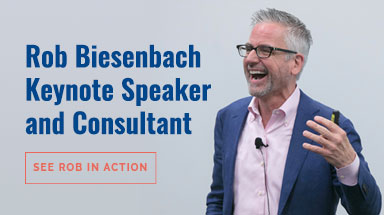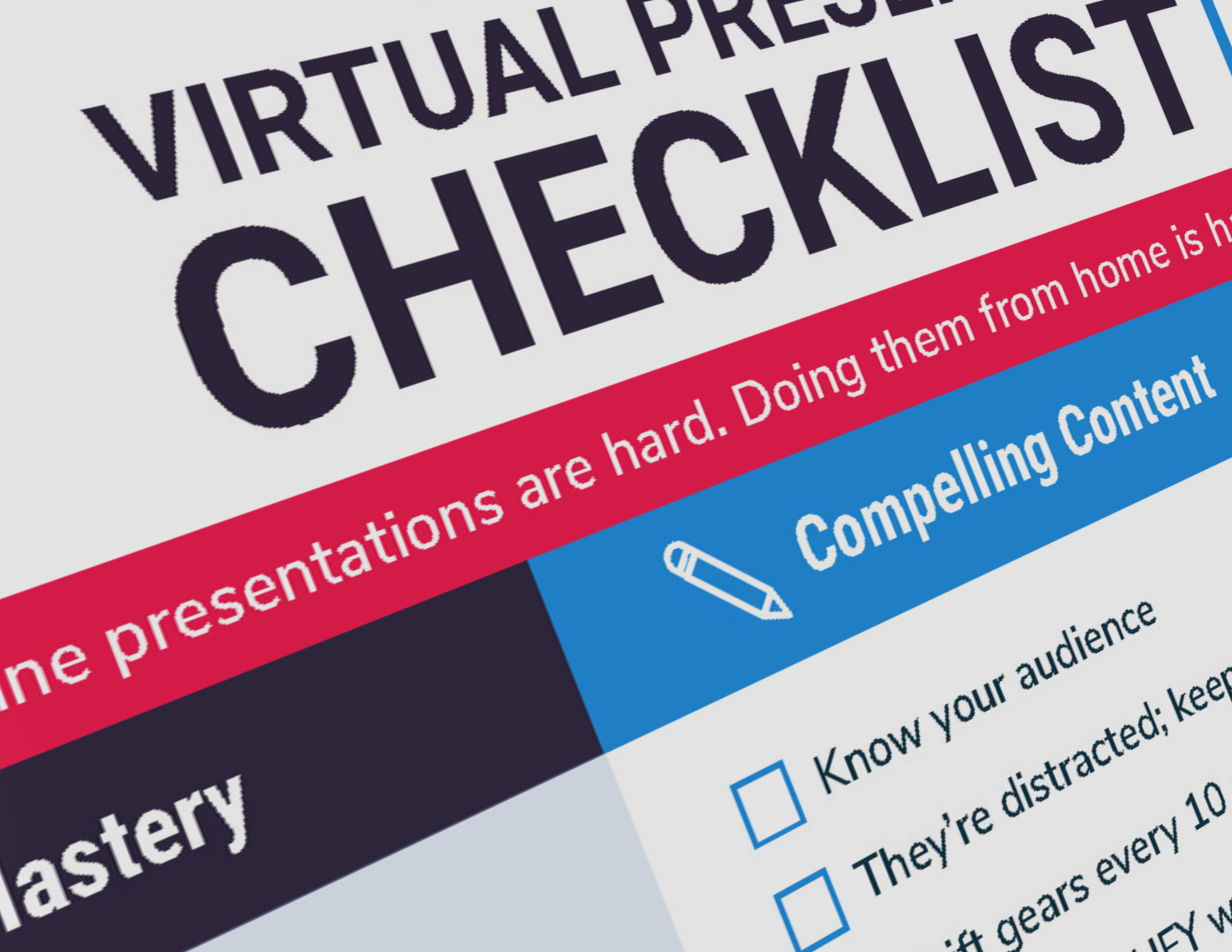
How hard? Like an employee interrupting a CEO’s speech to yell at him and then storming out of the room hard!
That experience taught me a lot about how to communicate sensitive topics to a skeptical audience and truly connect with them — and not just in bad times.
Before we get to those lessons, let’s briefly revisit that awful, insightful day.
How Our Best-laid Plans Went Awry
I was working at a PR firm at the time, and our client was a manufacturer that was going through hard times — financially, operationally, competitively. What’s more, employee surveys showed that the workforce had little trust or confidence in management.
A new CEO came on board and sought to turn the company’s fortunes around. Our job was to help him make the case for change, which included some tough remedies.
But in spite of all our preparation (employee research, outreach, message testing and more), when the big moment came, we blew it.
The CEO attempted to walk the group through a dry, analytical PowerPoint deck that only provoked their anxiety and anger. Employees wanted to know if their livelihoods were in peril and we fed them data and bullet points.
How We Fixed It
For the next session we decided to lead with the heart instead of the head.
The CEO put aside the PowerPoint and simply talked — about his love for the company, his pride in its long history and brand, and his fervent commitment to its survival.
Then he pulled out the PowerPoint.
Okay, we weren’t perfect, but that opening moment still managed to fundamentally change the atmosphere in the room. Suddenly there was a real connection — a feeling that the CEO was personally invested in the company and its future.
With the barriers lowered a bit we had a chance for actual engagement. And that paved the way for a years-long turnaround, not just in employee sentiment, but in the company’s overall performance.
7 Ways to Handle a Hostile Audience
I didn’t realize it at the time, but that day laid the foundation for practically everything I believe about communication. Here are some of the hard lessons I learned that can help you (or your leaders) the next time you’re facing a tough audience on a sensitive topic.
1. Don’t just analyze your audience — apply that knowledge!
We had all kinds of survey and focus group data showing employees were deeply alienated from management. We knew we had to get out and communicate with them — which included listening, of course.
But on that day we didn’t use the data to change the actual way we communicated. We talked at them instead of with them. It sounds like common sense, but it’s amazing how we fall back on comfortable habits when in the midst of strife.
2. Open strong
First impressions are everything, so the opening to the presentation has to be strong. On his second try, the CEO made good use of his personal story to break the ice and set the tone.
But that’s not the only way to connect. You can involve them by asking a question or taking a poll, command their attention with a counterintuitive assertion or, one of my favorites, dazzle them with your amazing mind-reading ability. (See next tip.)
3. Show that you’re in tune with them
A surprisingly effective technique is to demonstrate that you know where they’re coming from by predicting what’s on their minds. As in:
- I know you’re worried about your future and your family’s security.
- You’re probably thinking, “Oh, great — another program-of-the-month.”
- I understand you’re frustrated that we’re not making progress.
Too many leaders resist this approach, believing that you should never call attention to the negative. But by ignoring the elephant in the room you come across as out of touch and irrelevant; by candidly addressing your audience’s top concerns, you demonstrate empathy and show you’re not afraid to tackle the tough issues head on.
4. Make it relevant
One of our biggest challenges is making sure corporate messages are relevant to the everyday needs of employees. Few people are going to charge up the hill over “shareholder value,” yet I once worked with a CEO who tried to convince the rank and file that that was their #1 mission.
Never mind small matters like customer service or quality. (Imagine a rallying cry of “Quality is Job 2.”)
When you’re hammering out messages, don’t stop asking “why” until you get down to the answer of why people should care.
5. Create an emotional connection
Seth Godin reminds us that “logic is a battering ram.” Yes, people want the facts — especially when their future is on the line. But they also want to get a sense of the person delivering that information. I’ve always found that people are more likely to believe you if they believe in you.
Emotion can be a touchy subject for a lot of leaders. They’re reluctant to open up, thinking that it’s “soft.” Fortunately there’s a ton of evidence demonstrating the power of an emotional appeal.
6. Tell a personal story
I worked with a CMO who was trying to guide his organization through a major restructuring. Employees understandably tend to take change very personally. So it helps to get personal.
I asked him if he’d ever gone through an experience like this before, and he had — years before as an employee at that very company. We built that into a story about dealing with change, the emotional impact, and some of the unexpected benefits that can result. It instantly made him and his message more relatable.
A common excuse leaders use to avoid opening up is saying they don’t want to “talk about themselves.” But a personal story that’s relatable to the audience and carries useful lessons is not self-centered; it’s practical.
7. Give them a voice
Sometimes the instinct is to restrict Q&A during sensitive announcements. But that’s fear talking. Leaders need to show the courage of their convictions.
Be as open and transparent as possible in welcoming feedback. Don’t screen employee questions. Give them multiple ways to speak up — in person and online, at the meeting or anonymously.
And if a question can’t be answered, explain why. For instance, “Personnel decisions are confidential, of course. We’d all expect the same treatment if it involved us.”
Put Away the PowerPoint and Get Real
In difficult times, people crave a human connection. They want empathy, not a data dump. They want to be heard, not lectured to. And they want leaders who can speak openly and plainly about the issues they’re facing.
So get out from behind the lectern, put down the PowerPoint and communicate like a human should.
[Photo by M ACCELERATOR on Unsplash]
[A version of this post originally appeared in PRSA’s Strategies & Tactics]




